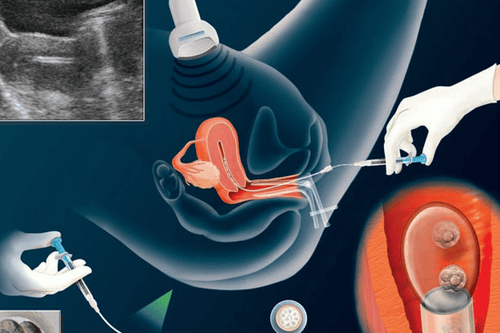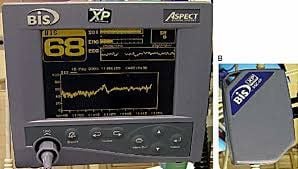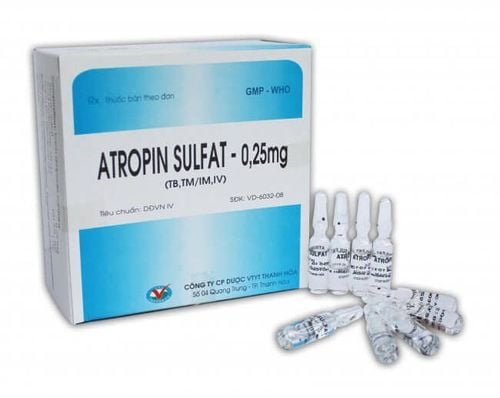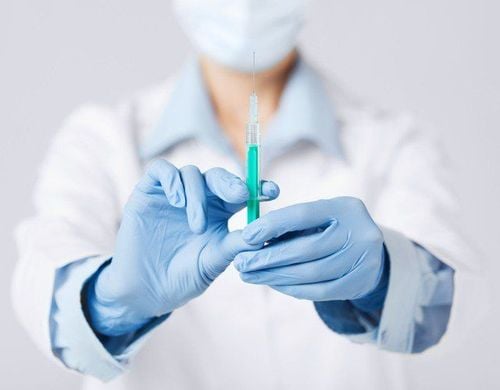This is an automatically translated article.
The article was written by an Anesthesiologist, anesthesiologist - General Surgery & Anesthesiology - Vinmec Hai Phong International General Hospital.Target concentration controlled anesthesia (TCI) has been applied in Vietnam since 2001 thanks to a specialized syringe. The anesthetic commonly used in TCI intravenous anesthesia is Propofol. Today, this method is widely used because of its high safety as well as helping doctors predict the patient's recovery time.
1. What is TCI?
TCI is a method of anesthetic control of the target concentration using software on the electric pump set to determine the concentration of anesthetic drugs acting on the target organs including: brain or plasma of the patient at the time of use anesthetic drug.
Target concentration-controlled intravenous anesthesia, if combined with an anesthetic monitoring device (BIS), will help the patient achieve an appropriate state of anesthesia, avoiding the patient's need for too much anesthetic. or too little.
2. Cases in which TCI . is indicated
Surgery or neurological interventions Surgery that requires monitoring for early neurological recovery such as: Spinal surgery Interventional egg suction.

Phương pháp TCI được chỉ định trong can thiệp hút trứng
Outpatient surgery Sensitive patient, at risk of malignant hyperthermia Lung resection, thoracoscopic surgery Sedation for patients with regional anesthesia.
3. Notes when applying target concentration controlled anesthesia (TCI)
3.1 Ensure proper anesthetic depth
Use appropriate drug doses on the basis of solid knowledge of pharmacokinetics and pharmacodynamics. Thereby ensuring smooth anesthesia and rapid awakening. Monitoring the depth of anesthesia (such as BIS) helps to maintain an appropriate depth of anesthesia, avoiding adverse cardiovascular effects due to overdose (not necessary for all patients).

Bác sĩ cần theo dõi độ sâu của gây mê trên BIS
3.2 Make sure you have enough pain relievers and reflex inhibitors
Intermittent remifentanil injection or continuous alfentanil infusion as appropriate according to the degree of surgical stimulation. High doses of opioids such as morphine and fentanyl can lead to delayed awakening Ensure good analgesia after surgery.
3.3 Ensure hemodynamic stability
Hemodynamic instability may occur despite adequate anesthetic and analgesic administration. Use antihypertensive drugs if blood pressure is persistently high. Fluid replacement, inotropic agents if blood pressure is persistently low. Use atropine if pulse is slow.

Bệnh nhân có thể được sử dụng thuốc atropin nhằm ổn định huyết động
3.4 Make sure you have enough muscle relaxants
Propofol has weaker muscle relaxant properties than gaseous anesthetics. Thus, the muscle relaxant dose may be higher when propofol is used to maintain anesthesia.
Please dial HOTLINE for more information or register for an appointment HERE. Download MyVinmec app to make appointments faster and to manage your bookings easily.













